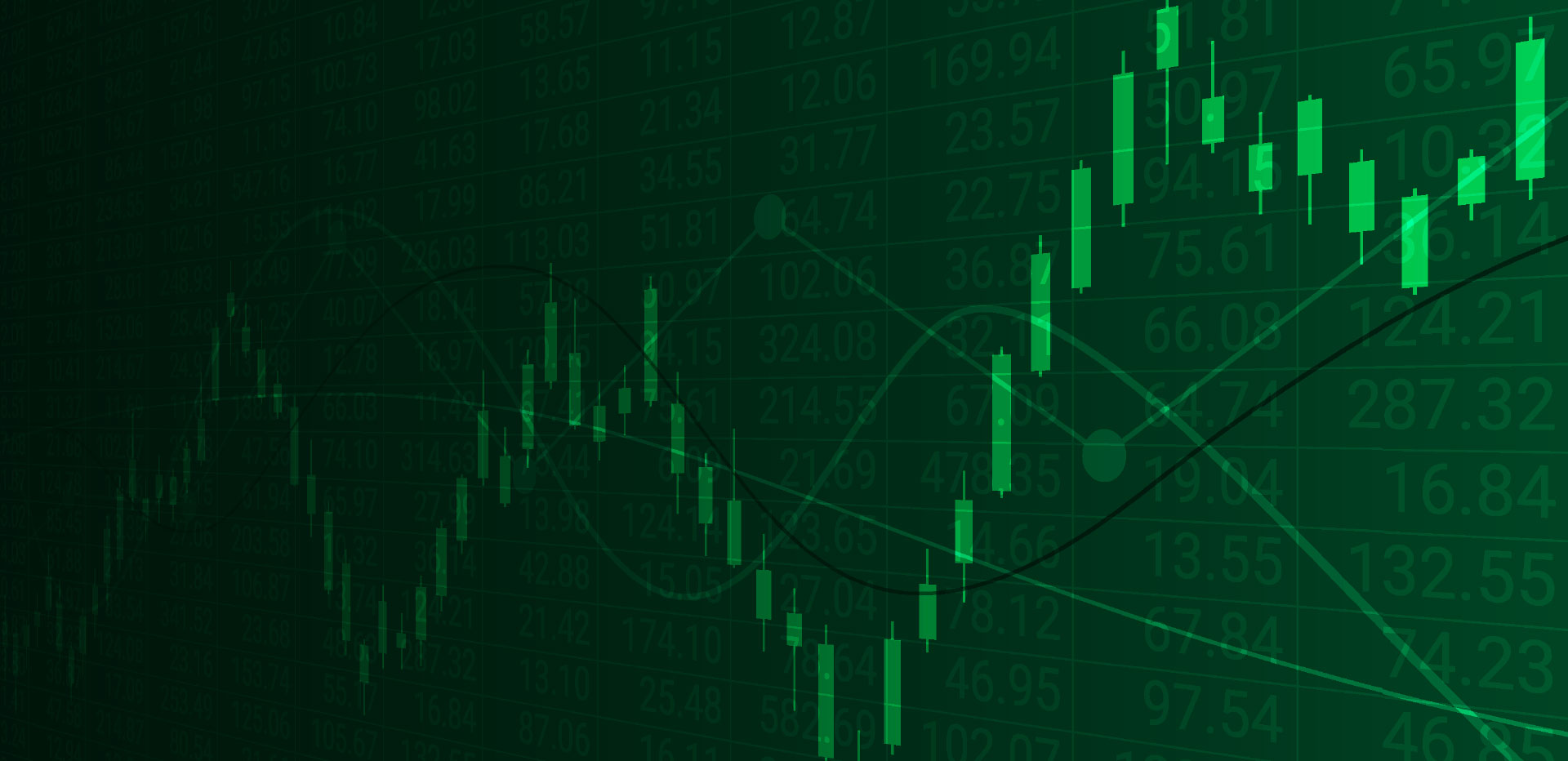In this article we examine the impact of adoption of AI-driven algorithmic pricing software. Most of the recent academic work has studied this question from a theoretical or experimental perspective. We describe the first empirical analysis of the consequences of wide-scale adoption of algorithmic pricing software, focusing on Germany’s retail gasoline market, where, according to trade publications, software became widely available in 2017. The evidence suggests that adoption increased margins and more so in competitive markets, indicating that it may have softened competition.
By Robert Clark & Daniel Ershov[1]
I. INTRODUCTION
In recent years, algorithms employed by companies to aid with price setting have become more sophisticated, evolving from rule-based to AI-driven. The latter can absorb huge quantities of data and autonomously engage in quick and accurate price determination. Crucially, AI-driven algorithms are able to experiment and learn from previous pricing decisions. The development of AI-driven algorithmic pricing has provoked fear regarding its potential impact on competition. The possibility that algorithms might facilitate collusion has been raised by competition-law experts, economic organizations, and antitrust authorities.[2] The main fear is that, by being able to better monitor and rapidly respond to rival price changes, algorithms might learn to implement collusive pricing strategies that would reward companies for following the coll
...THIS ARTICLE IS NOT AVAILABLE FOR IP ADDRESS 216.73.216.190
Please verify email or join us
to access premium content!

